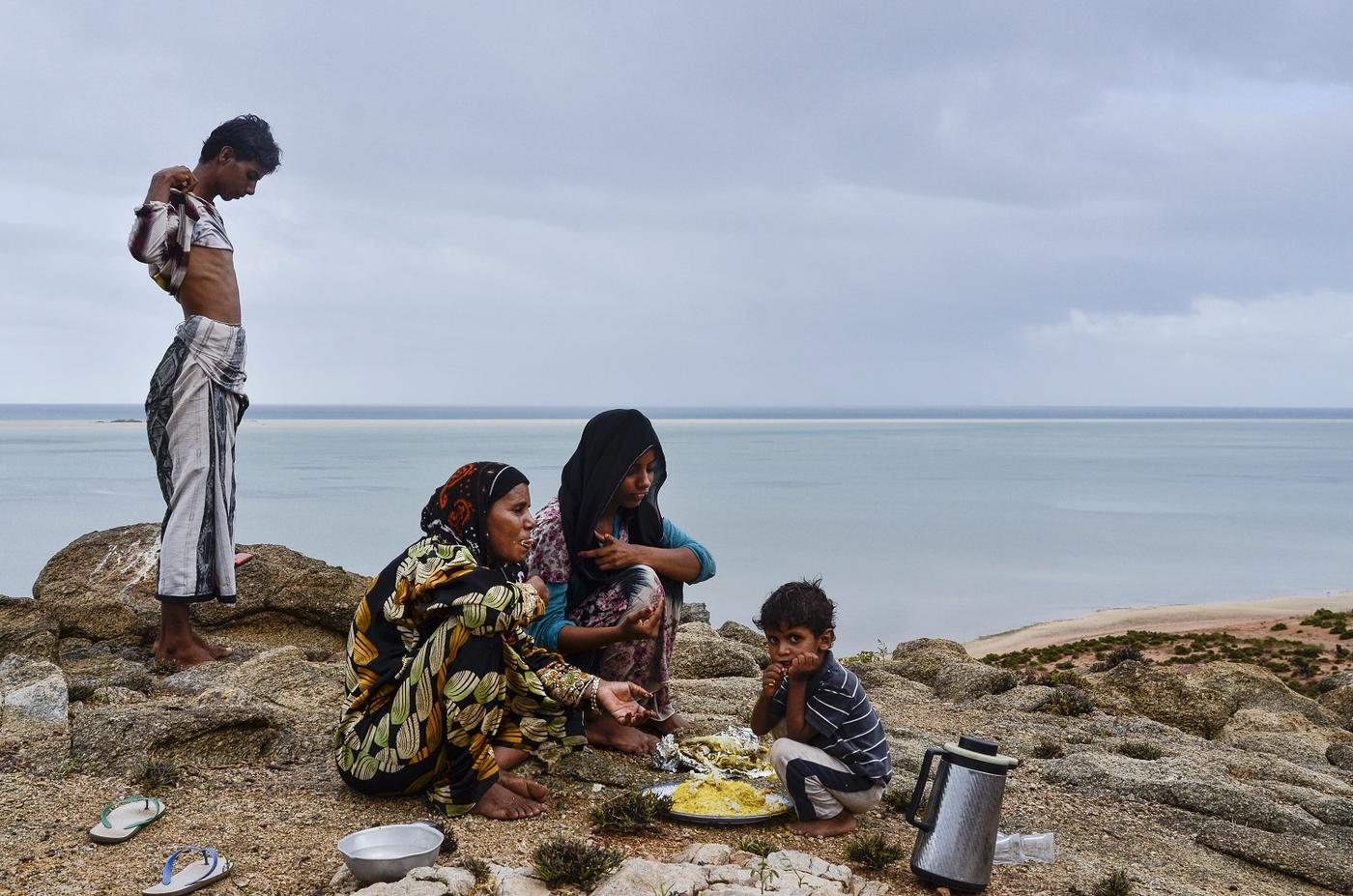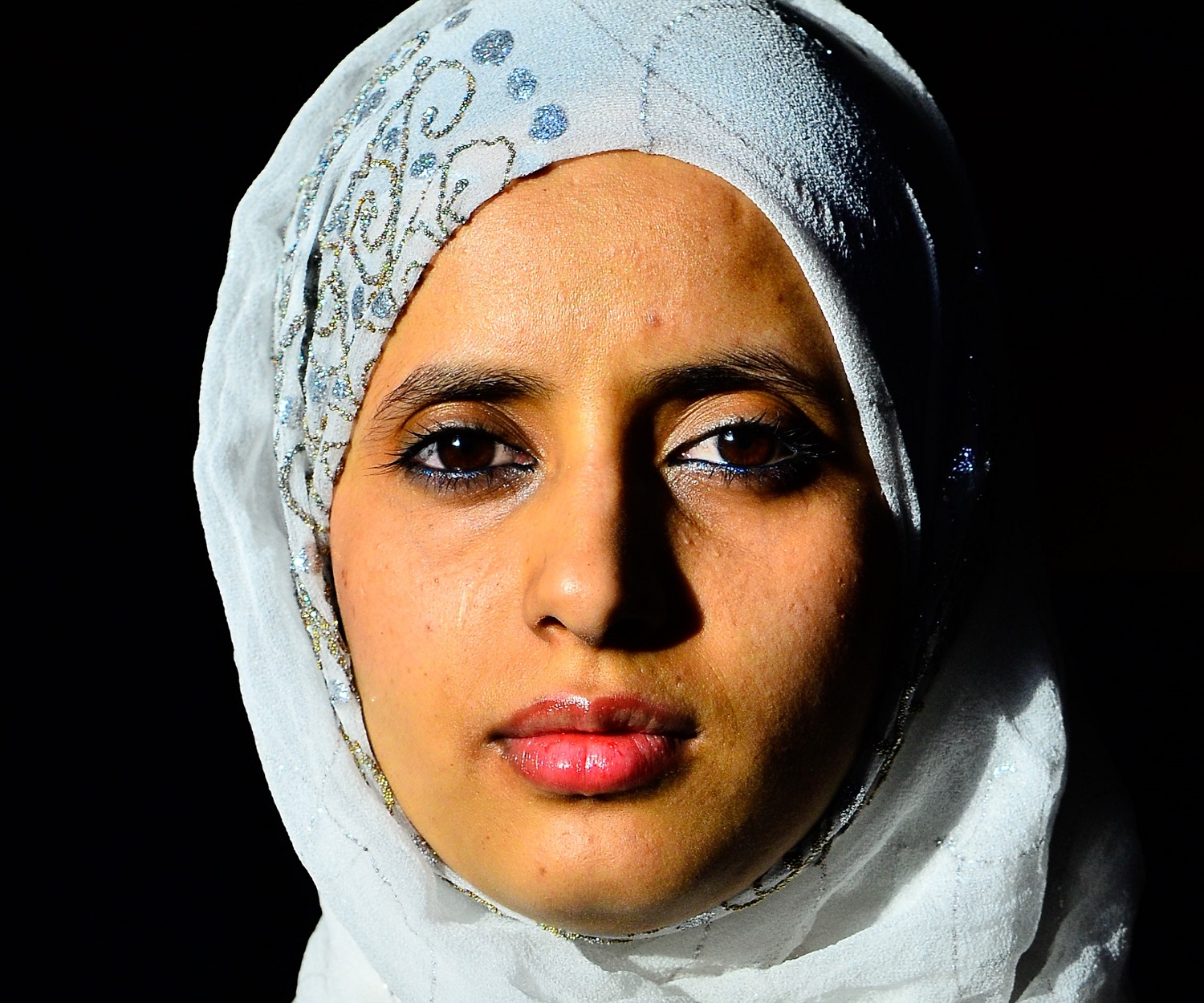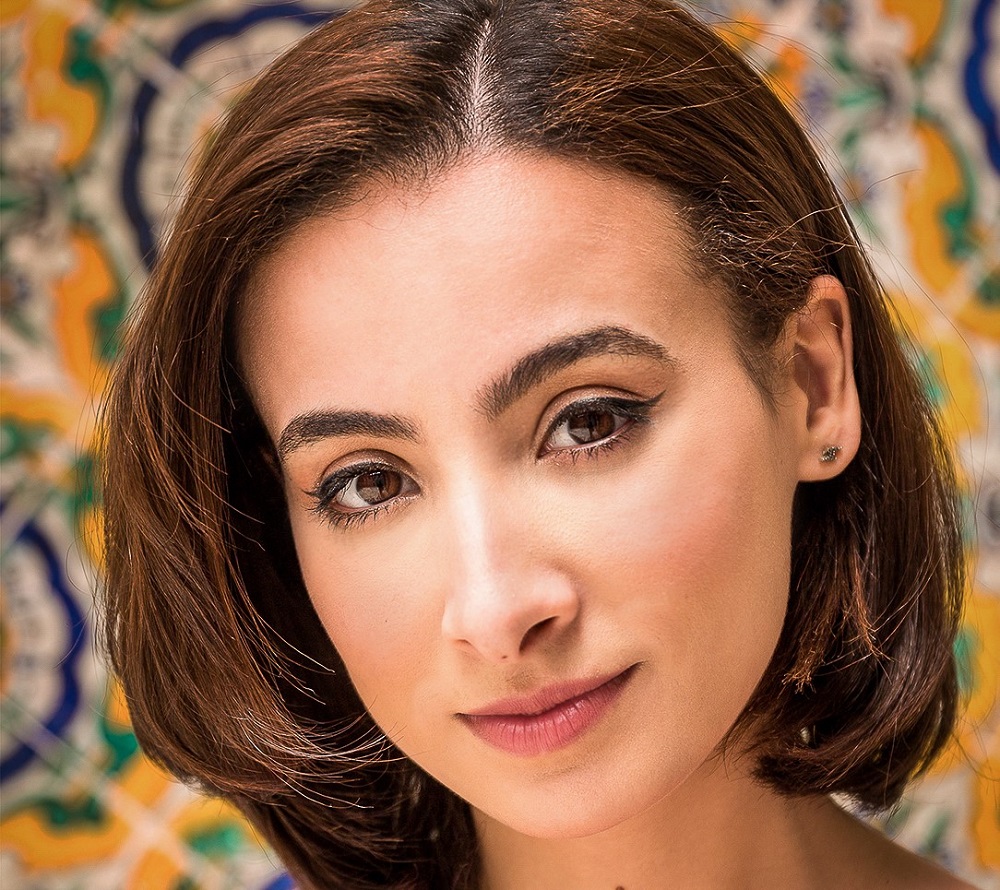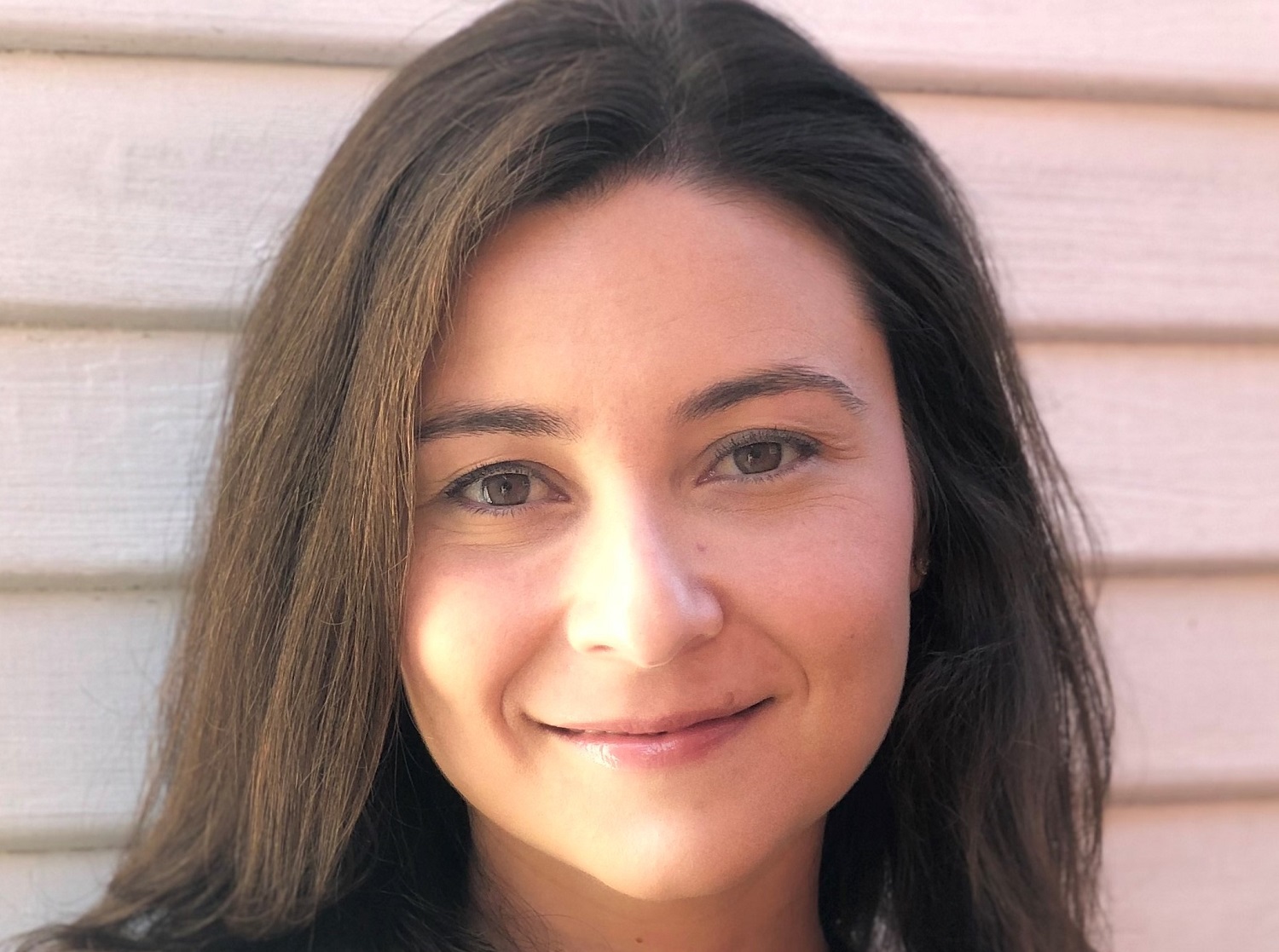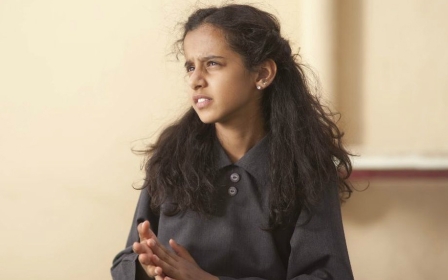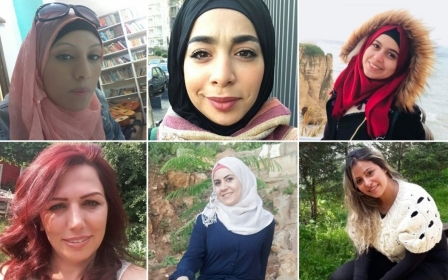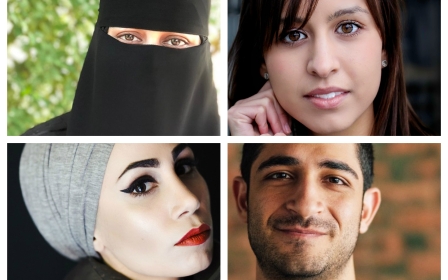Women reporters in war zones: The stories that need to be told
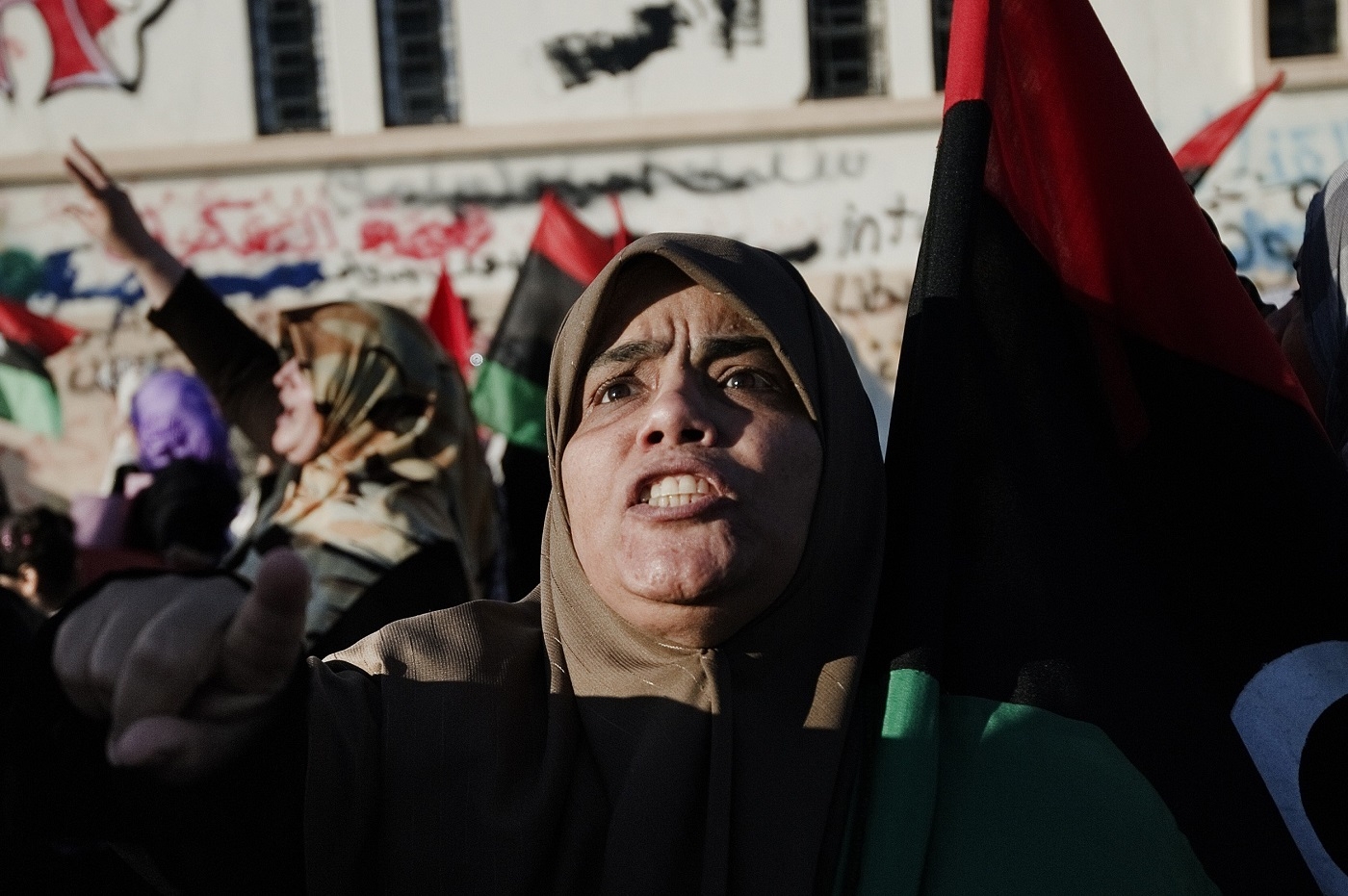
“When I speak before Western audiences about my years covering the war in Iraq as a journalist for McClatchy Newspapers, someone inevitably asks: ‘What was it like to be a woman over there?'
"Well, I’ve never been there as a man…"
This is the response journalist Hannah Allam says she scrambles to recall whenever she’s asked this belaboured question. But instead, all she remembers are “faces. Ban. Shatha. Sahar. Faten. Huda. Alaa. Jinan. Raghad”. These are the names of the women who invited her into “spaces that were off-limits” to her male colleagues.
In 2004, Allam was one of only a handful of Western journalists reporting from within the besieged Imam Ali shrine in Najaf with Mahdi army guerrillas. But equally resonant to her were the details of the day-to-day life that the women of Iraq were left to manage, after “years of bloodshed had left Iraq with a population that was more than half women.
New MEE newsletter: Jerusalem Dispatch
Sign up to get the latest insights and analysis on Israel-Palestine, alongside Turkey Unpacked and other MEE newsletters
“Many of them [were] heads of households because their men were dead or missing or exiled,” Allam writes. “Reporting on Iraq through the eyes of its women was illuminating, but, perhaps more important, it was more representative of the population as a whole.”
The stories otherwise untold
Allam’s is the opening piece of Our Women on the Ground, a collection of 19 essays by Arab women reporters. The book chronicles key events from the region’s troubled modern history, taking readers through the civil wars in Algeria and Lebanon and up to the rise and collapse of Islamic State (IS).
Most of the essays focus on events of the past decade and the so-called Arab Spring, with a particular focus on the ongoing Syrian conflict, which means the Gulf region and the Maghreb are less represented.
'Today, at 35 I don't have a husband, but I do have my camera'
- Amira al-Sharif, photographer
Notably missing is an essay offering comparative insight into Tunisia’s social and political landscape, although the country is quoted throughout as the trigger to the 2011 chain of uprisings. Yet this may be less of a failing as it is a call for further volumes uncovering more of the region’s complexities through the eyes of its female reporters.
These are women who have covered some of the world’s biggest stories - as Lebanese British journalist and editor of the collection Zahra Hankir notes, the Middle East and North Africa is the “most difficult and dangerous area for journalists to operate in, according to Reporters Without Borders, which has also listed Syria as the second-deadliest country for journalists after Afghanistan.”
Some of the scoops “our women” in this collection can claim include the discovery that most of the 9/11 hijackers were Saudi; that the chief and spiritual leader of the Janjaweed militia in Sudan had political ambitions; and an interview with Syrian President Bashar al-Assad during the height of his country’s conflict.
But what they also uncovered were the invaluable human stories that might otherwise be lost. We learn of the rise of extremism through individual human portraits (“he was once a professional at making Arabic sweets and kebabs; he’s now a professional at making hand grenades”), happen upon ecstatic celebrations as hometowns are freshly liberated from IS troops, then find ourselves – still reeling - in the centre of a sheep beauty contest in Saudi Arabia.
“A journalistic and historical narrative on the Arab world and the broader Middle East dominated by male or Western talking heads is, simply put, incomplete,” Hankir writes.
“The public needs precisely that diversity of voices to formulate insightful views on the area and its people.”
How to defy society
The premise of the collection seems to be embodied in the title of Allam’s essay, The Woman Question, with each story in the anthology building a mosaic of responses.
We learn that, as well as witnessing injustice, death and destruction, the women in this book are themselves threatened, physically harassed, arrested and subjected to slander, all in pursuit of their profession.
'I tried to trick myself into believing that Libya was a country in which I could be both a mother and a journalist'
- Heba Shibani, journalist
A number of the writers note the courage, resilience and strength of some of the women they encountered through their work, yet their own personal journeys boast perhaps the same resolve. Because being an Arab woman comes with its own baggage.
“To be a woman war reporter in this part of the world,” Hankir writes, “can sometimes mean you are defying not only the state but also your society, family and the role you are expected to play within your home.”
For some of the journalists who grew up in the Middle East, even becoming a journalist was a trial. Egyptian photojournalist Eman Helal’s family swept her off to the countryside so she wouldn’t cover the 2011 protests, forcing her to lie in order to get back to work in Cairo.
Libyan Heba Shibani hid the fact that she had narrowly escaped assault by armed thugs from her family. Yemeni photojournalist Amira al-Sharif’s father refused to send her back to university after hearing of her new line of work.
Their families’ fears were not unreasonable. Helal writes that she was punched during the Cairo protests, Sharif that she was arrested on her way to take photos of some jasmine farms because she was travelling without a male chaperone, while the male colleagues accompanying her were beaten. Shibani says she was subjected to verbal abuse in a supermarket by a woman who wished rape upon her, so that she could know “how families and women feel when it happens to them”.
For Sudanese journalist Shamael Elnoor, the abuse went even further, as she became the subject of a nationwide slander campaign: “The newspapers were full of articles that advocated skinning, lashing, and branding me an infidel.”
The burden of decisions
Even those whose families emigrated to the West and whose accent gives little away of their Arab heritage are not immune to this characterisation; when they return to report on the countries of their childhood, they are viewed as Arab.
In some cases, this is an advantage, as when CNN’s Jane Arraf is able to gain the trust of local women, her role inevitably bleeding into that of an interpreter of both language and culture.
'I never anticipated that I would cover this kind of war in my homeland'
- Nour Malas, journalist
But often it is a red flag; when Palestinian-Canadian Arraf reported from Iraq, she had to avoid making eye contact with security guards at checkpoints. “To do so as an Arab woman would be considered unseemly, and would give away the fact that I was a foreigner,” she writes.
Questions of identity, allegiance and personal conflict riddle these essays - Lebanese-American journalist Natacha Yazbeck’s even begs for forgiveness.
“To write from, and in, that same pipeline that disfigured my people, my history, my land, my family, to write in the very language and for the very people who did it... to be willingly complicit in this, in the fact that my tax dollars fund the wheels on the planes bombing the babies of my people. I need forgiveness every day.”
Inevitably, the women in this book experience losses of their own: New York Times reporter Nada Bakri decides to quit journalism after her husband and colleague, Anthony Shadid, dies while on assignment in Syria in 2012.
Family members and close friends become victims. “My sources are my schoolmates, relatives and family members,” Syrian journalist Zaina Erhaim writes. “And those death counts flashing on your screens contain my first lovers, teachers, neighbours, and friends.”
Others mourn the loss of contacts with who they had formed genuine bonds. Lebanese journalist Hwaida Saad could only watch as her list, accumulated over the course of a career, diminished and all that was left was “a picture of a cake on Skype [which] reminds me of them once a year on their birthdays”. The tales are harrowing and endless, hardly contained within the binding of a book.
While some of these journalists choose to leave their profession and their conflict-ridden countries behind, whether to grieve or to raise a young family in relative safety, others continue to report on and from the region, regardless of the risk.
Our Women On The Ground may allow us to briefly peer into their lives, to learn a little of what it’s “like to be a woman over there”, but ultimately each individual is left to bear the weight of her own circumstances. After the slander campaign against her subsides, Elnoor chooses to stay in Sudan. She writes that she harbours little regret: “This is what journalism should be, or else it shouldn’t be, at all.”
Our Women On The Ground: Essays By Arab Women Reporting From The Arab World, edited by Zahra Hankir and with a forward by Christiane Amanpour, is published by Penguin in the US, UK and Australia.
Middle East Eye delivers independent and unrivalled coverage and analysis of the Middle East, North Africa and beyond. To learn more about republishing this content and the associated fees, please fill out this form. More about MEE can be found here.


